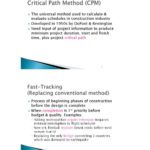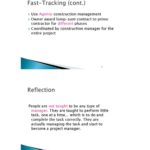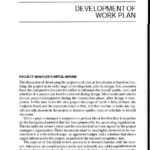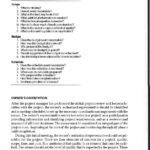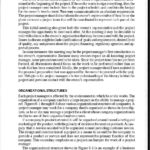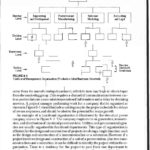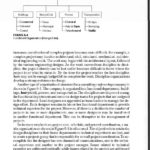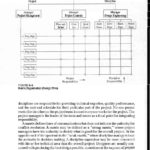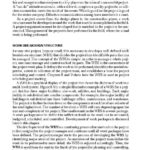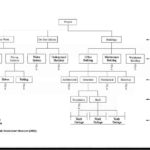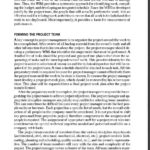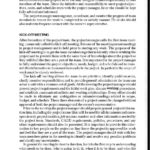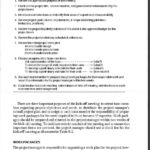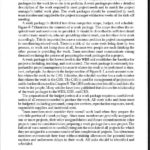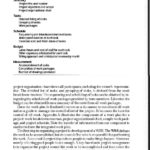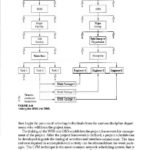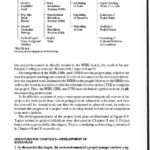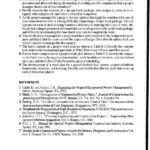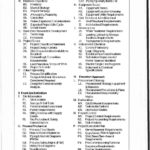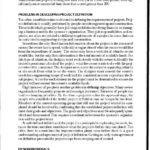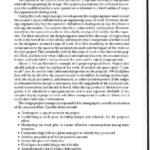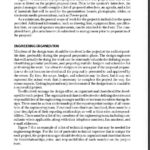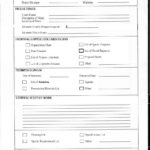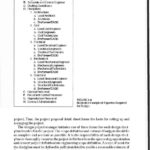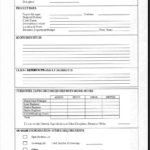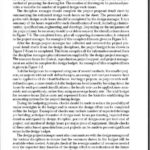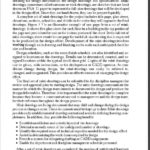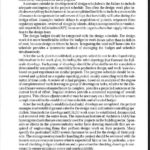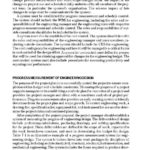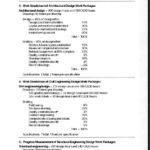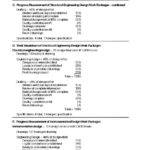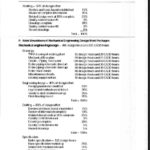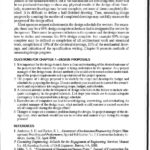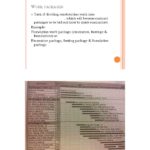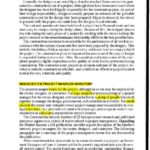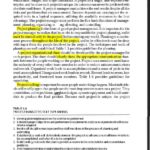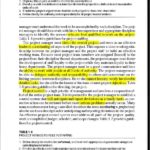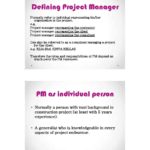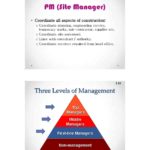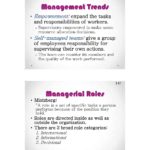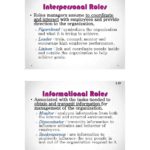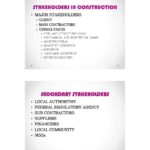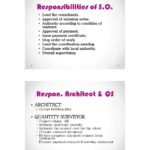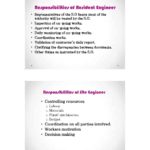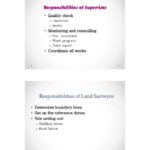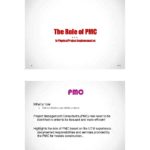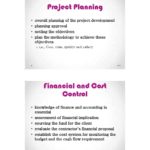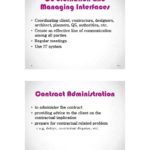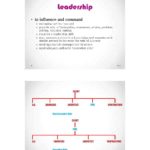Proj Mgt tip 9
Like any other leadership capacity, stress management requires self-awareness. Leaders who manage stress effectively are able to recognize signs that they’re approaching their tipping point and consciously, deliberately step back from the edge. The next time you notice your stress levels increasing, take a moment to notice your breath. Start with a couple of strong, long, and deep breaths. Notice the physical sensations that accompany each one. After taking a few of these initial breaths, switch to a technique called “resonant breathing.” Inhale for 10 seconds and exhale for 10 seconds, for a total of six breaths per minute. You may find it helpful to do this while walking; the pace of your steps can provide a regular tempo for each breath. Eventually the rhythm will continue on its own and you can stop timing. Continue to breathe in and out until your state of mind shifts and you feel a sense of control over your emotions. Adapted from “A Simple Way to Combat Chronic Stress,” by Alexander Caillet, Jeremy Hirshberg, and Stefano Petti
Proj Mgt tip 20
Building candor and feedback into any culture is challenging, but it can be particularly difficult in “nice” organizations, where behavior is expected to be poised, respectful, and professional at all times. In general these are positive qualities, but learning a new skill (like giving feedback) is inherently messy. We learn by trying, getting it wrong, understanding our errors, and then trying again. Start with yourself: Show your team that you are making a serious effort to improve, and actively request feedback from your peers. Really listen to what you hear. And make sure to identify when feedback would not be helpful. Remember the acronym HALT—don’t give feedback if you are hungry, angry, lonely, or tired. Since candor and feedback involve other people, you’ll likely encounter misunderstandings, hurt feelings, or other conflict. Don’t expect feedback to always feel natural or easy. A little discomfort and a few mistakes means you’re on the right path. Adapted from “How to Give Negative Feedback When Your Organization Is ‘Nice,’” by Jennifer Porter
Proj Mgt tip 8
How many times have you walked out of a theoretically important meeting and thought, “What did we accomplish?” More often than not, the problem isn’t with what did or didn’t happen at the meeting — nothing got done because the meeting’s goals were never firmly established. Whether it’s a 15-person executive team meeting or a 150-person leadership conference, the first step when planning an important meeting should be to draft an initial set of goals based on the answers to these two questions: What do you want to have debated, decided, or discovered at the end of this session that you and the team haven’t already debated, decided, or discovered? What do you want attendees to say when their team members ask, “What happened at the meeting?” Answering both questions will give you a high-level understanding of what the meeting needs to accomplish. Adapted from “If You Can’t Say What Your Meeting Will Accomplish, You Shouldn’t Have It,” by Bob Frisch and Cary Greene
